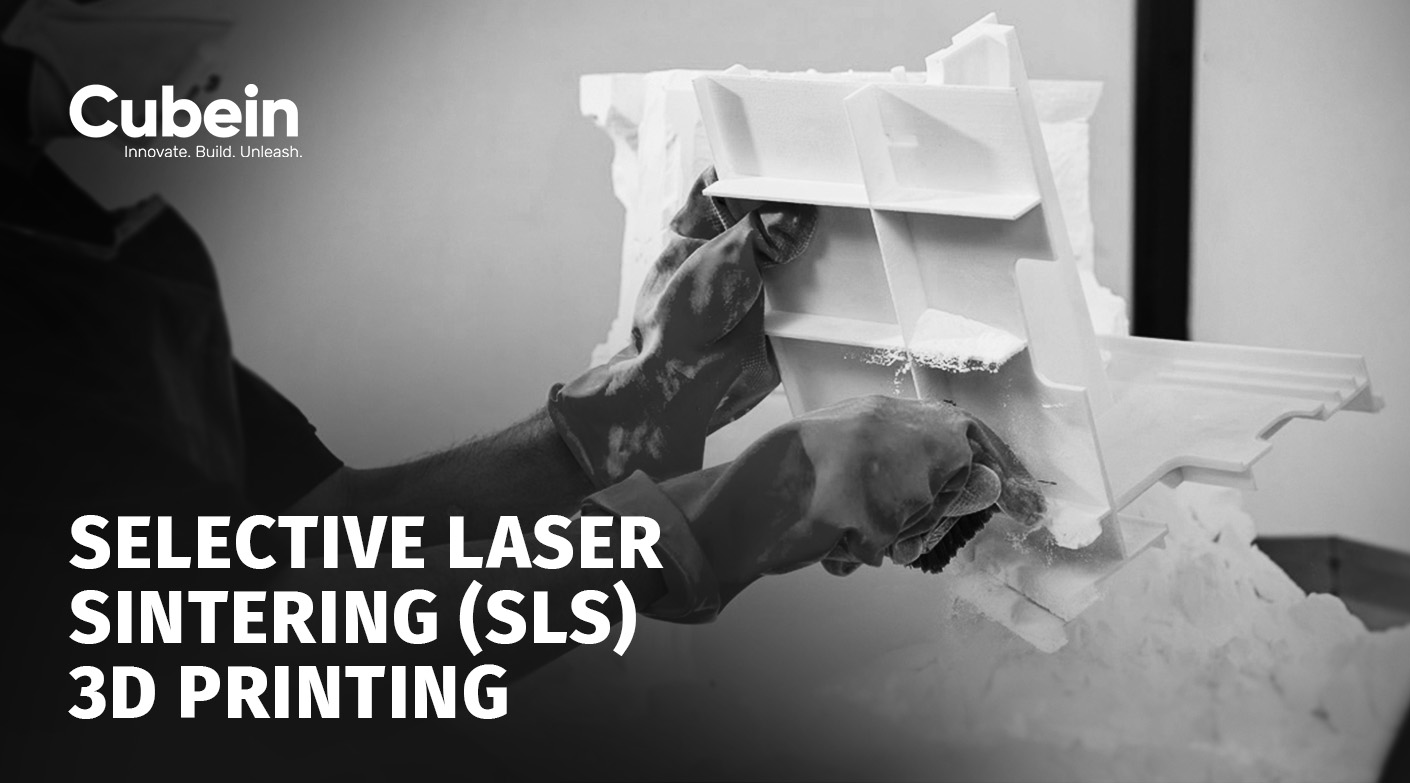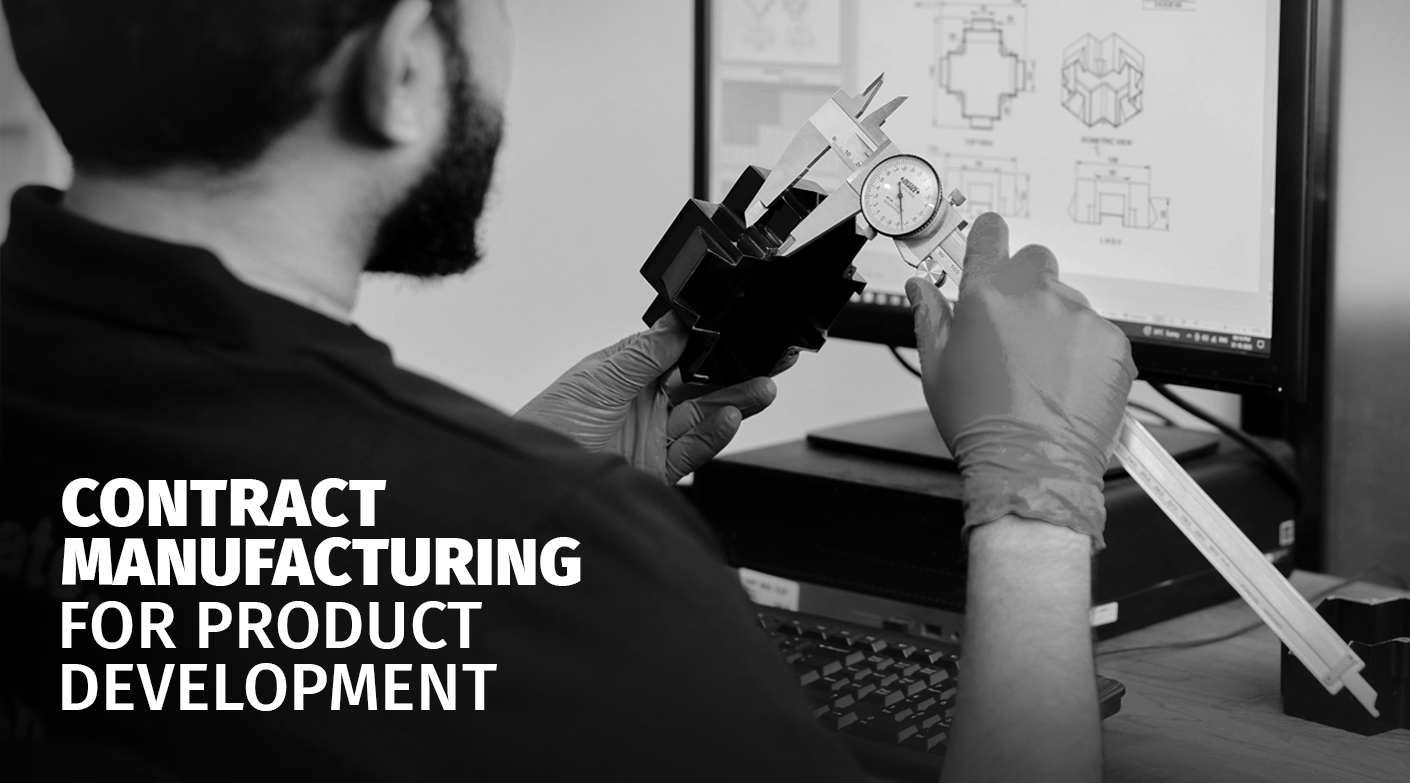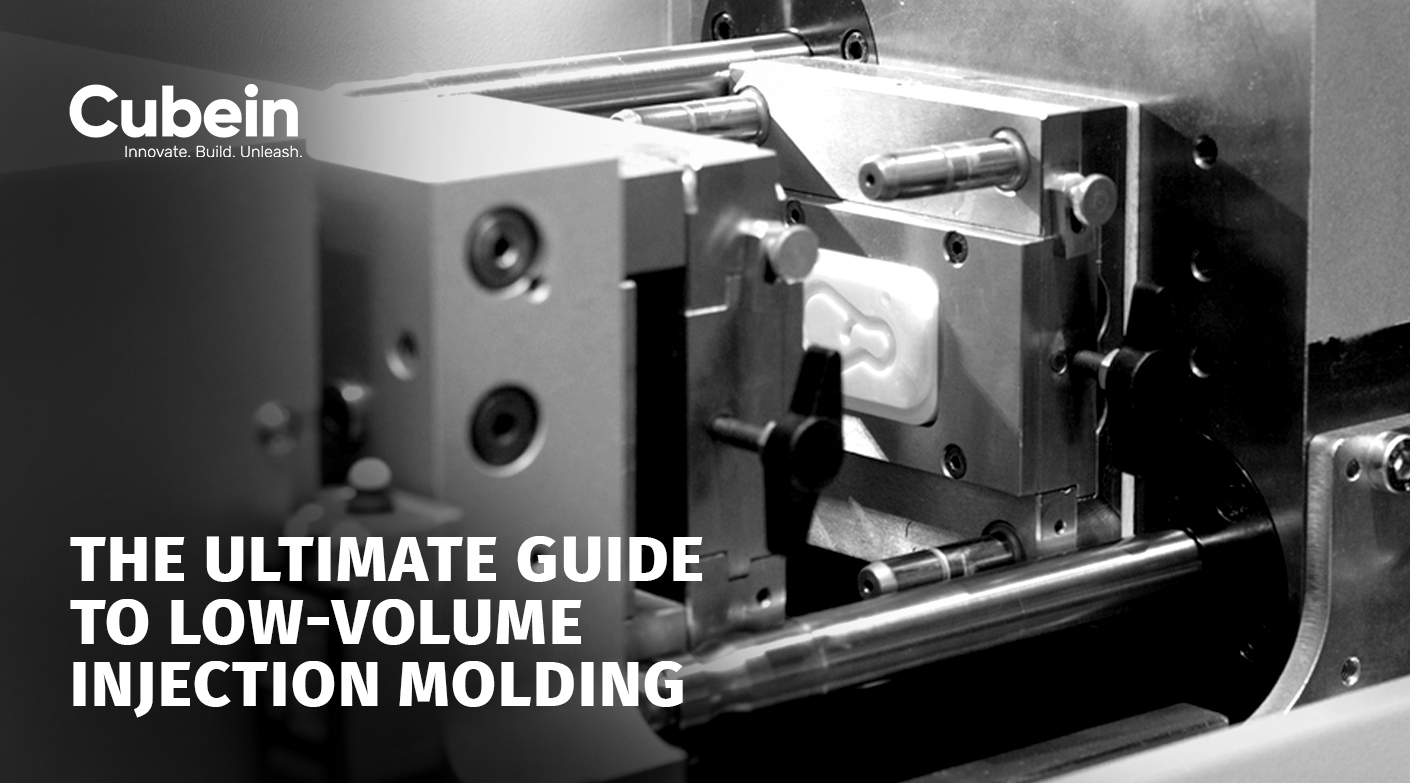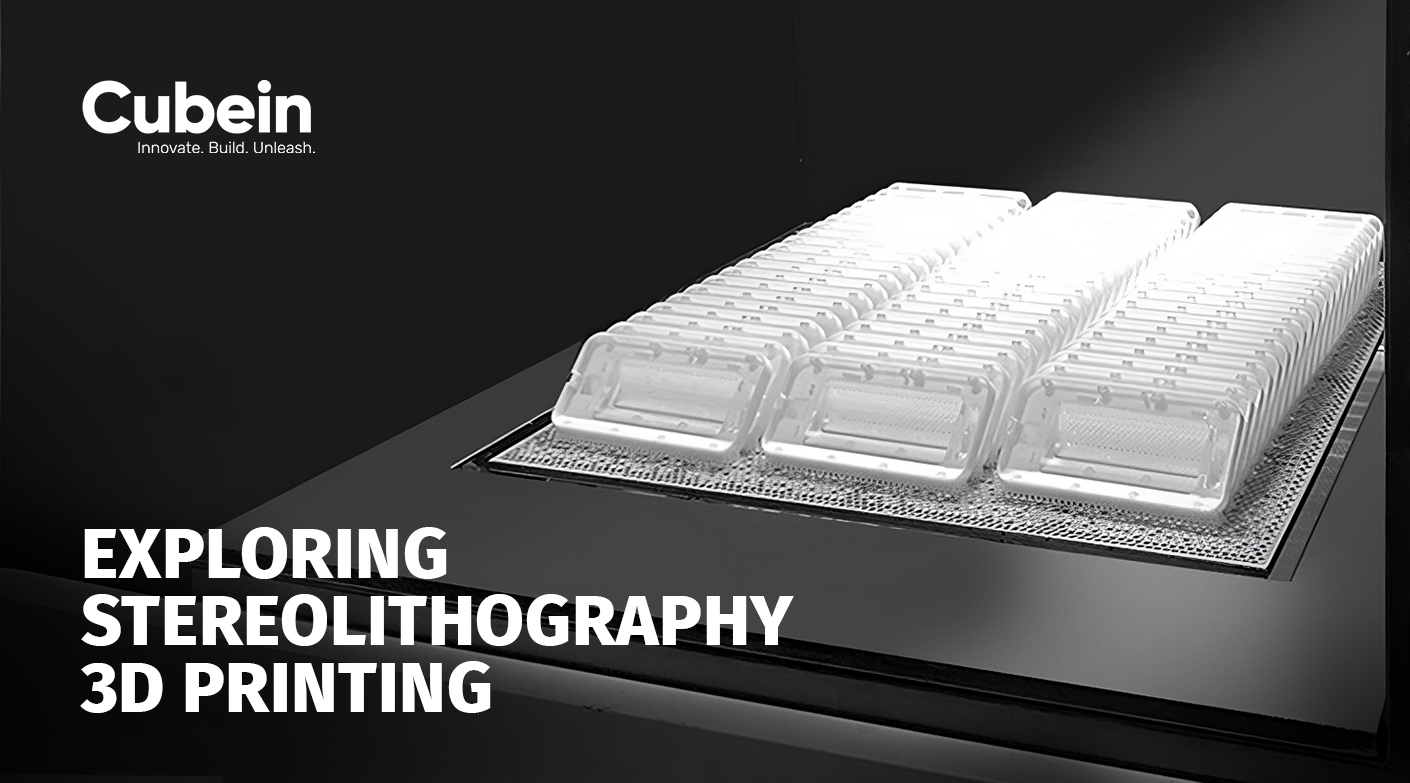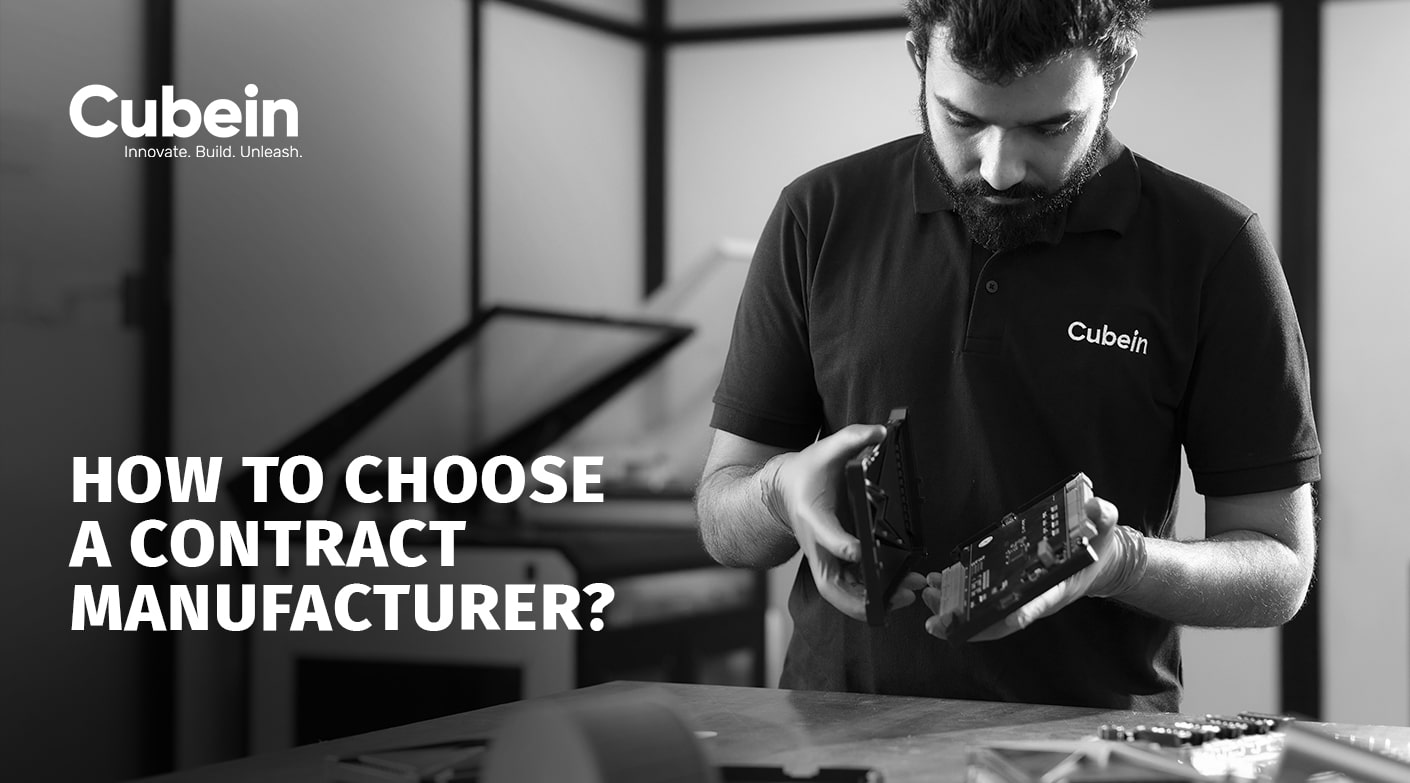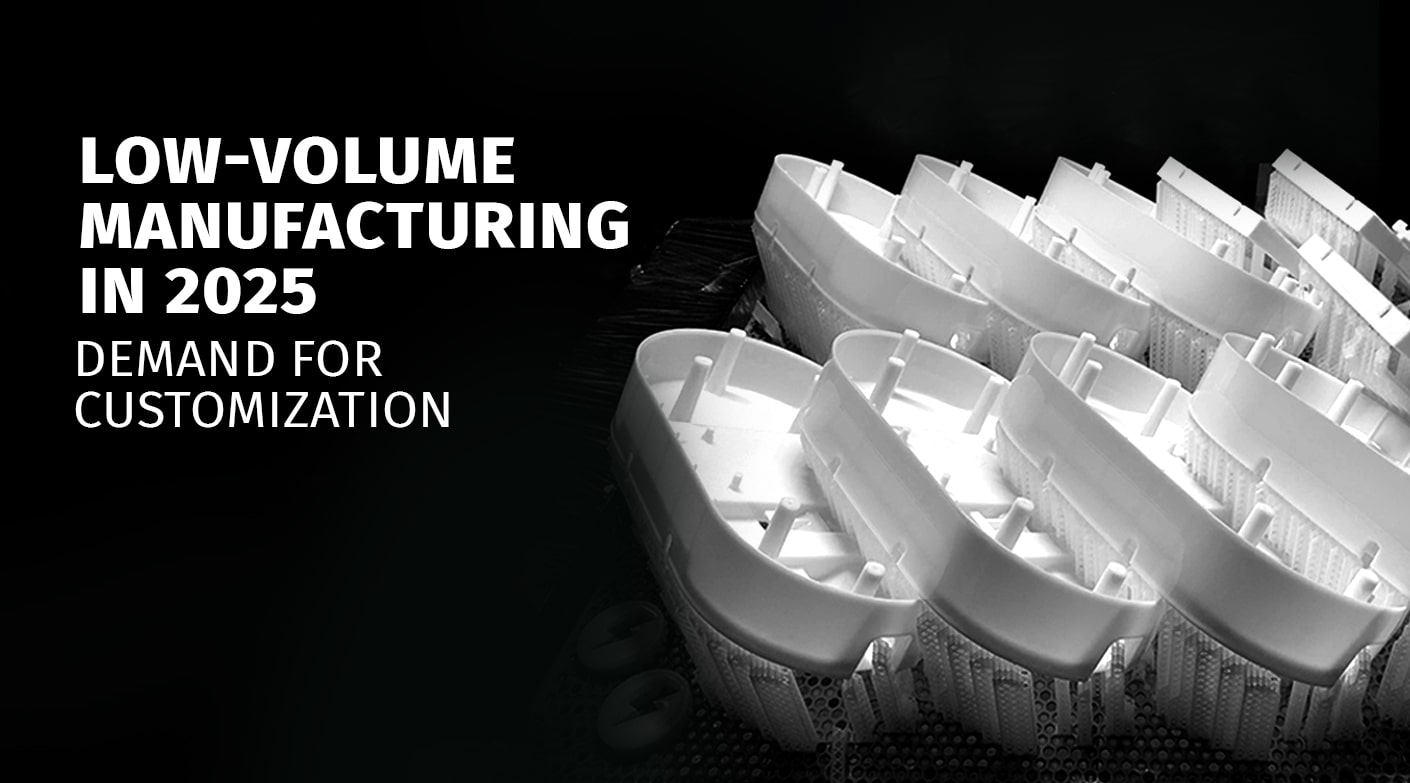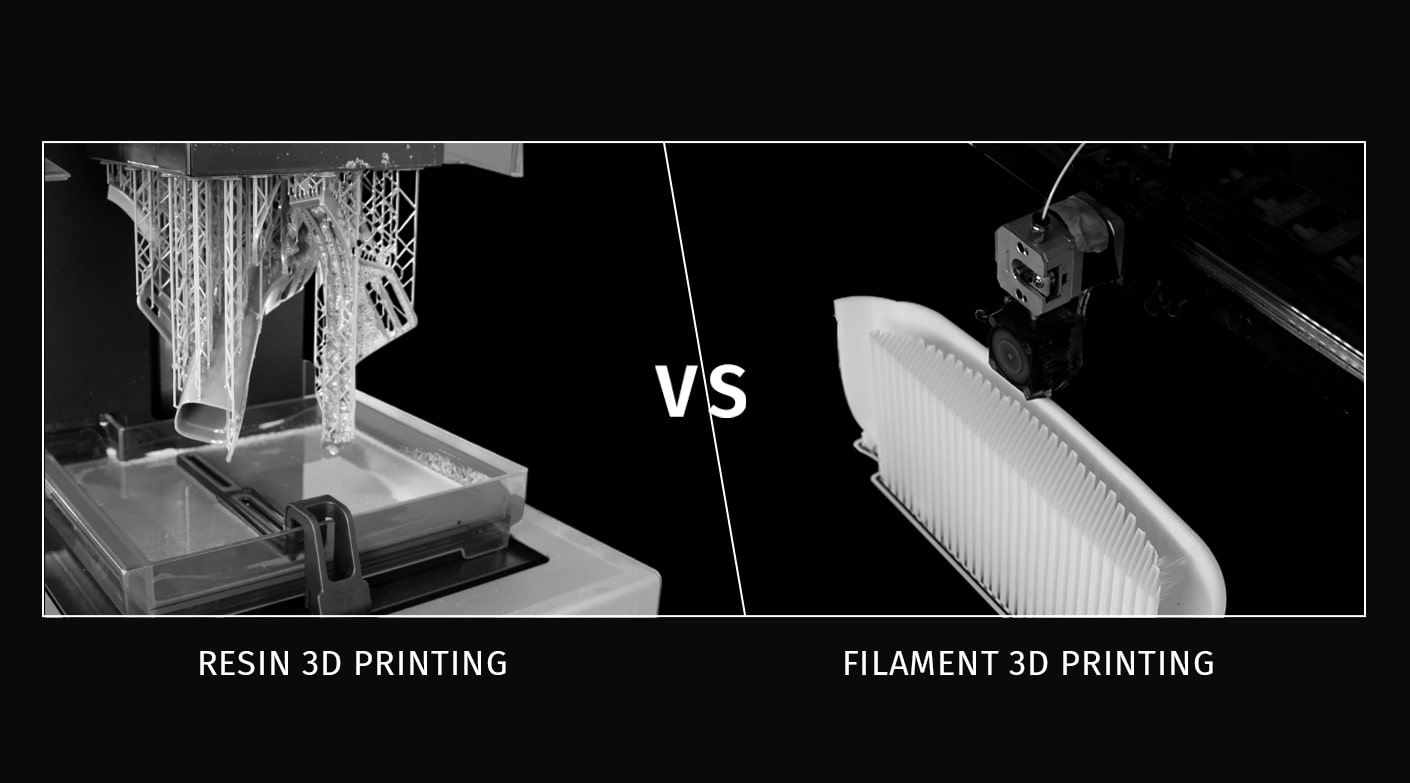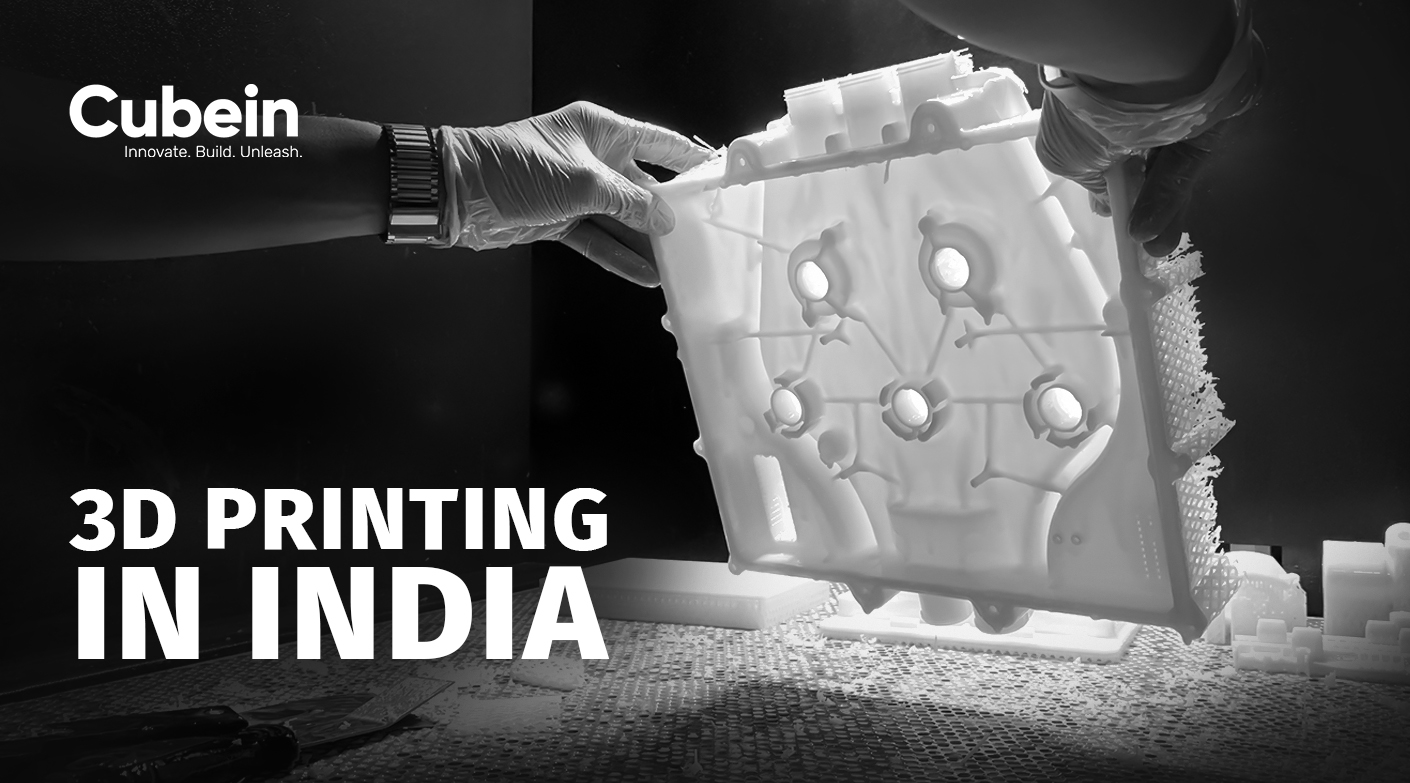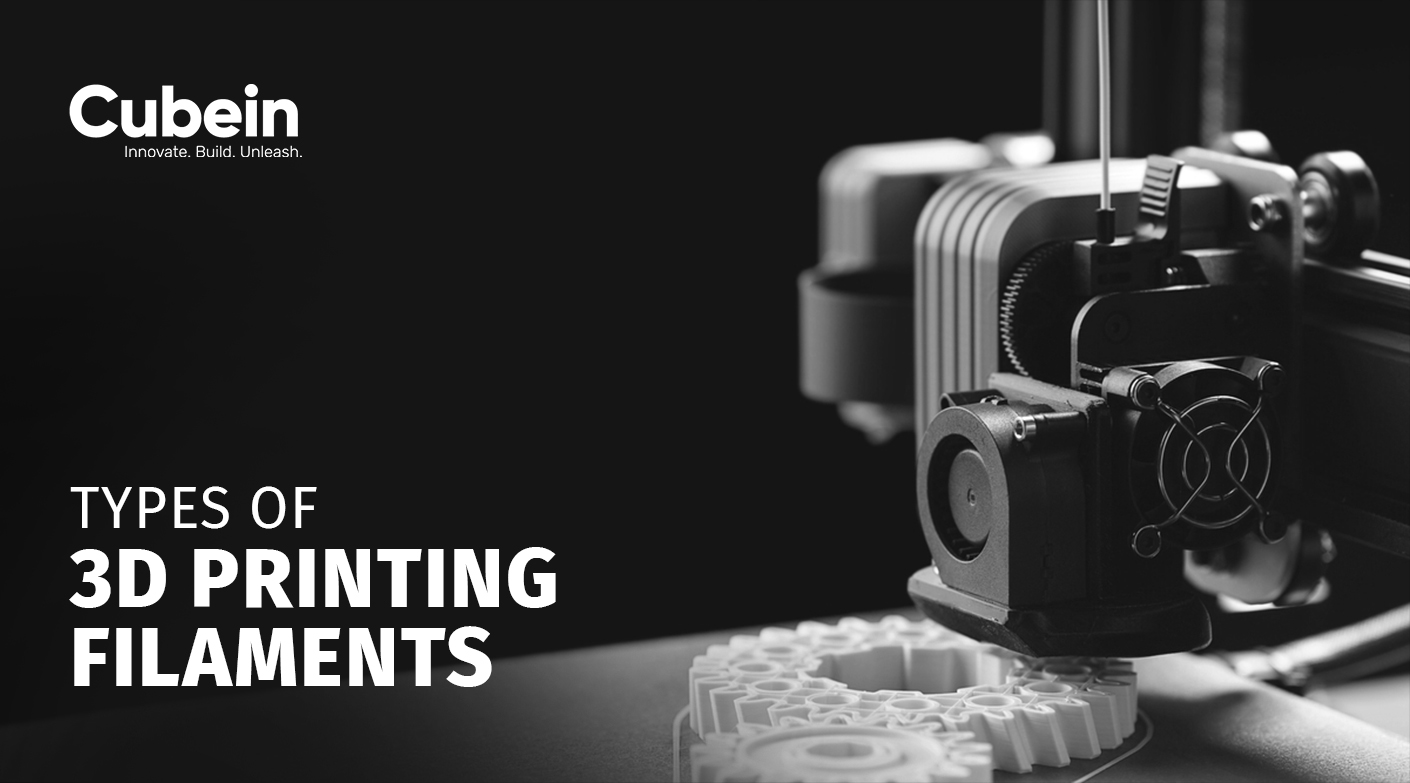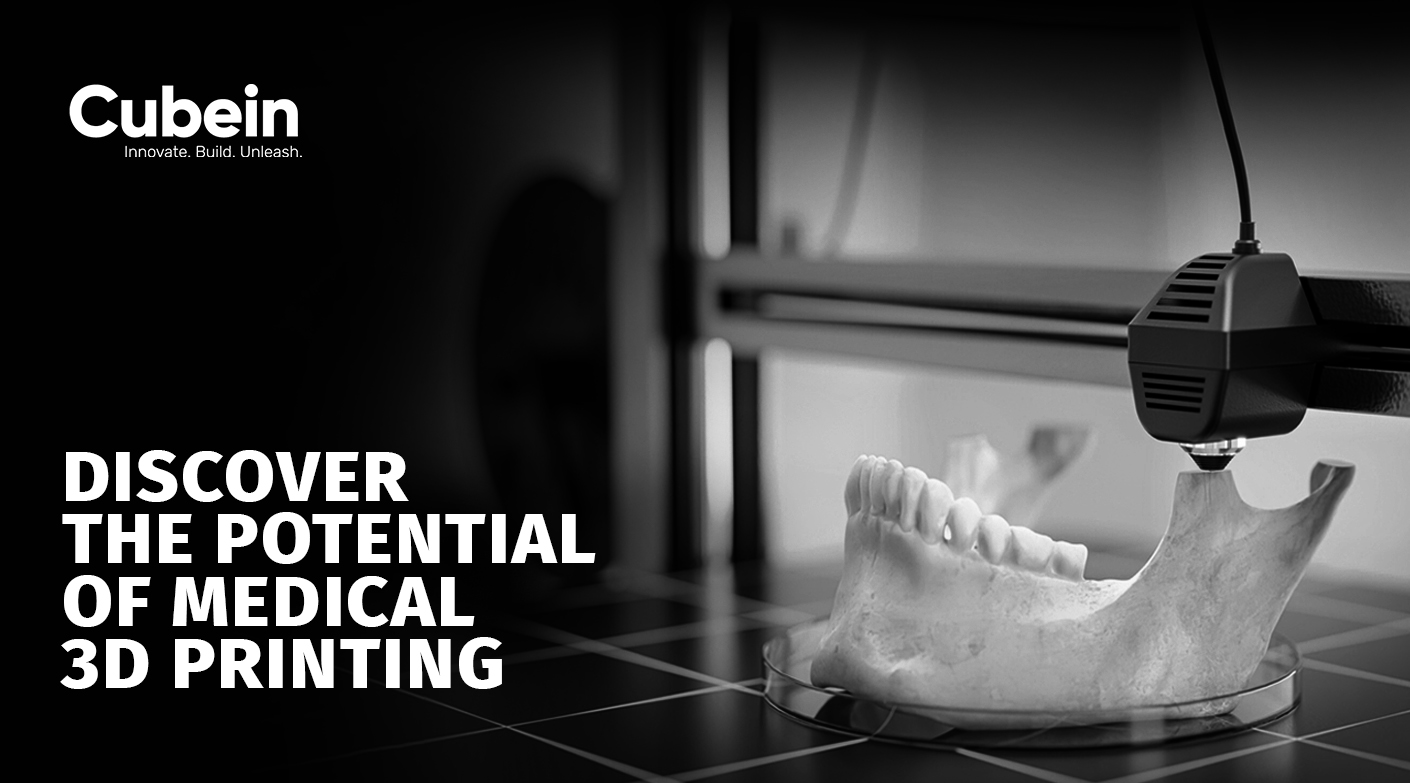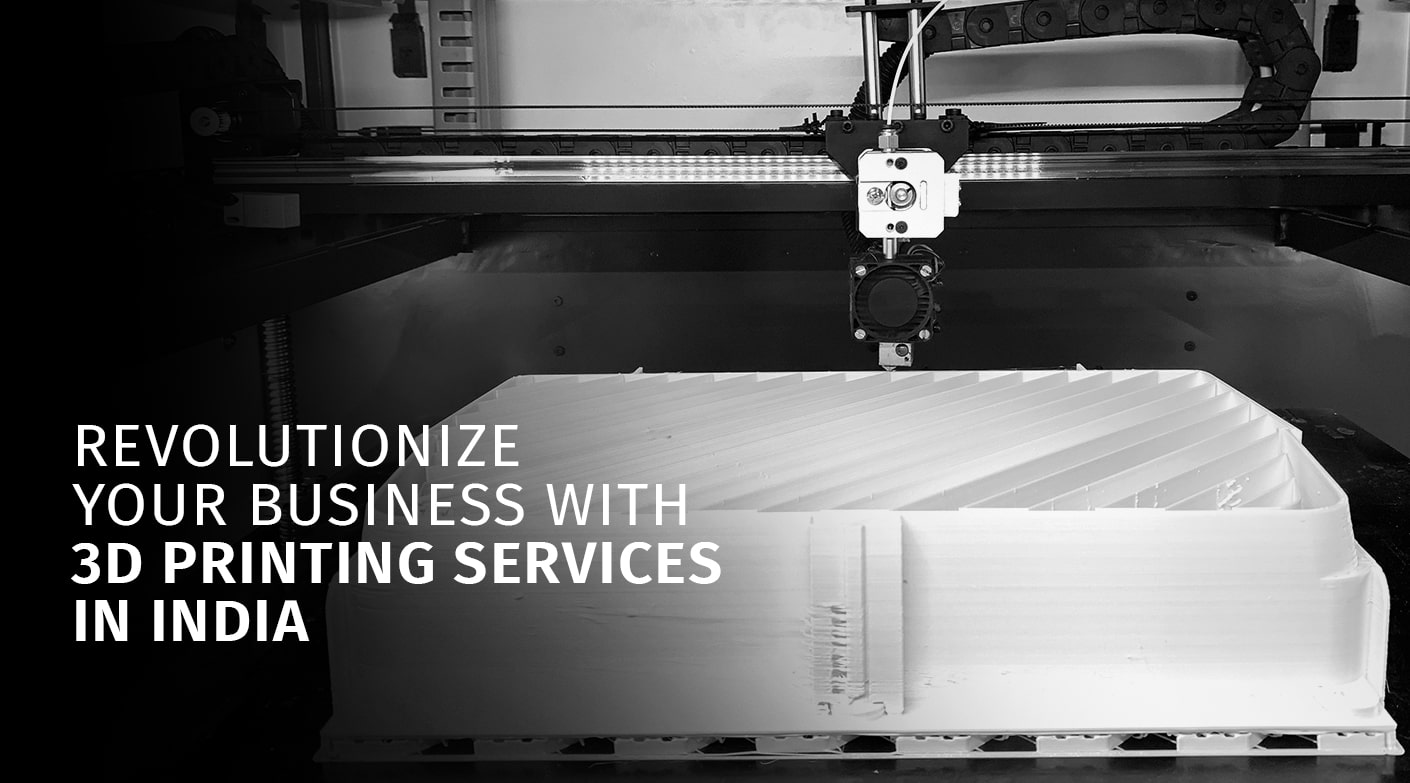Welcome to the forefront of additive manufacturing technology! In the dynamic landscape of the industry, Selective Laser Sintering – SLS 3D printing emerges as a true game-changer. By harnessing the power of a potent laser, SLS meticulously fuses powdered materials, layer by layer, to craft intricate three-dimensional objects.
This process not only offers unparalleled design freedom but also positions itself as the preferred choice across diverse industries and applications.
Join us in this blog as we delve into the transformative realm of SLS 3D printing and explore its limitless potential for innovation and creativity.
Selective Laser Sintering process in 3D Printing
The Selective Laser Sintering (SLS) process in 3D printing commences with the creation of a digital model of the desired object, meticulously designed using industrial design software Computer-Aided Design (CAD). This digital model is then sliced into thin layers, typically ranging from 0.1 to 0.3 millimeters thick, utilizing specialized slicing software. Subsequently, the SLS 3D printer executes the fabrication process by meticulously spreading a thin layer of powdered material evenly across the build platform. This powdered material, which can vary from plastics to metals and ceramics, serves as the raw material for the creation of the object.
Following this preparation, a high-powered laser, precisely controlled by a computer system, selectively fuses or sinters the powdered material according to the cross-section of each layer as defined by the digital model. The intense heat generated by the laser melts or sinters the powdered material together, solidifying it into a solid layer. Once a layer is complete, the build platform descends by the specified layer thickness, typically ranging from 0.1 to 0.3 millimeters, and a new layer of powdered material is spread across the build platform. This layer-by-layer approach continues until the entire object is formed, resulting in a three-dimensional object with intricate details and precise geometries.
Advantages of Selective Laser Sintering 3D Printing
Complex Geometries
One of the remarkable advantages of SLS 3D printing is its ability to produce intricate and complex geometries that are challenging or impossible to achieve with traditional manufacturing methods. This opens up new possibilities for product design and innovation.
Material Versatility
SLS technology supports a wide range of materials, including plastics, metals, ceramics, and composites. This versatility allows for the production of functional prototypes, end-use parts, and even customized products tailored to specific requirements.
No Support Structures
Unlike some other 3D printing techniques, SLS does not require support structures during the printing process. This reduces material waste and simplifies post-processing, resulting in more efficient and cost-effective production.
Disadvantages of Selective Laser Sintering 3D Printing
Surface Finish
While SLS produces parts with excellent mechanical properties, the surface finish may not always meet the desired aesthetic standards. Additional post-processing steps, such as sanding or coating, may be required to achieve the desired surface quality.
Material Selection
While SLS offers a wide range of material options, certain specialized materials may have limited availability or higher costs compared to traditional manufacturing processes. Material selection should be carefully considered based on the specific application requirements.
Equipment Cost
SLS 3D printing equipment can be expensive to acquire and maintain, making it less accessible to small businesses or individual users. However, advancements in technology and the growing popularity of additive manufacturing are gradually reducing costs and increasing accessibility.
Selective Laser Sintering Rapid Prototyping
Selective Laser Sintering (SLS) 3D printing has indeed sparked a revolution in the realm of rapid prototyping, fundamentally altering the traditional approach to product development. This technology empowers engineers and designers with the agility to swiftly iterate and refine their concepts, accelerating the innovation cycle. Unlike conventional prototyping methods that often involve lengthy and costly processes, SLS enables the fabrication of functional prototypes with intricate geometries in a fraction of the time. This rapid turnaround time not only expedites the development process but also facilitates quicker validation of design concepts and functionalities.
Moreover, the ability to produce functional prototypes using SLS 3D printing enhances the efficiency and effectiveness of product testing and validation. Engineers can create prototypes that closely mimic the properties and performance of the final product, enabling comprehensive testing and evaluation. By simulating real-world conditions and scenarios, SLS prototypes facilitate informed decision-making and iteration throughout the design iteration process. Consequently, this iterative approach to rapid prototyping fosters innovation, mitigates risks, and ultimately reduces time-to-market for new products, giving companies a competitive edge in today’s fast-paced business landscape.
Conclusion
Selective Laser Sintering (SLS) 3D printing offers a unique combination of design freedom, material versatility, and rapid prototyping capabilities. While it has its advantages and disadvantages, SLS continues to push the boundaries of innovation in manufacturing and product development. As technology advances and costs decrease, we can expect to see even greater adoption of SLS across various industries in the years to come.




